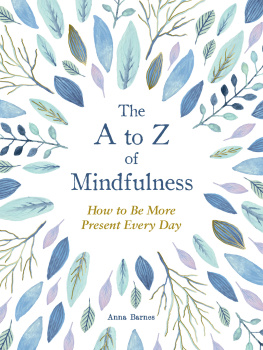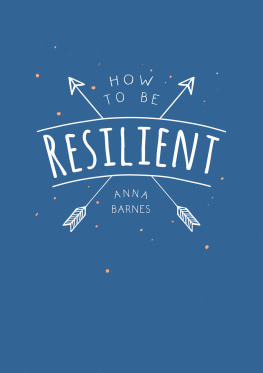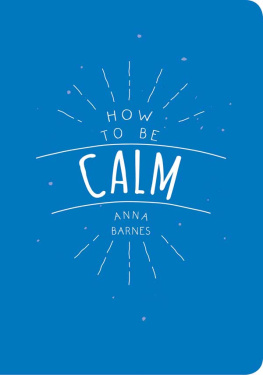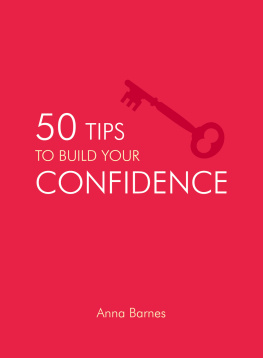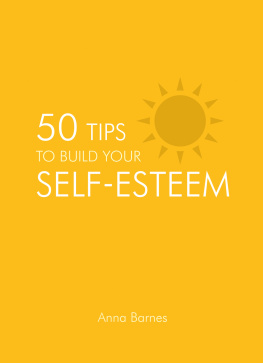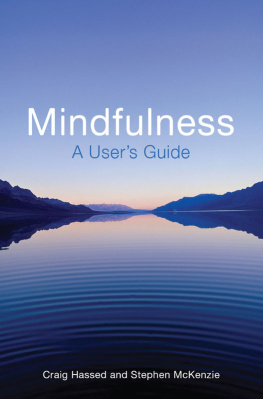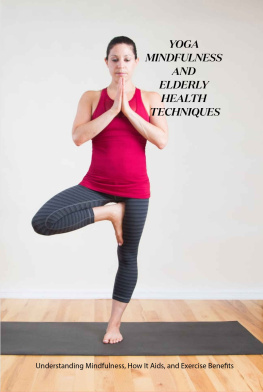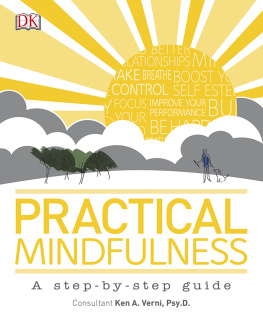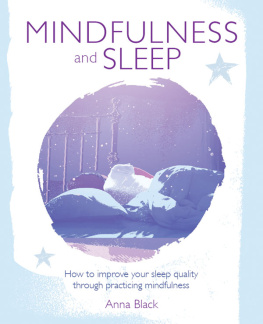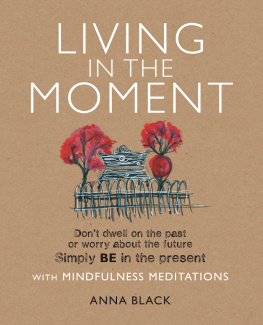The A to Z of Mindfulness
Copyright 2021 by Summersdale Publishers Ltd. All rights reserved. No part of this book may be used or reproduced in any manner whatsoever without written permission except in the case of reprints in the context of reviews.
Andrews McMeel Publishing
a division of Andrews McMeel Universal
1130 Walnut Street, Kansas City, Missouri 64106
www.andrewsmcmeel.com
First published in 2020 by Summersdale Publishers Ltd.
Part of Octopus Publishing Group Limited
46 West Street
Chichester, West Sussex
PO19 1RP
United Kingdom
ISBN: 978-1-5248-6909-0
Library of Congress Control Number: 2020942159
Editor: Kevin Kotur
Art Director: Julie Barnes
Production Manager: Carol Coe
Production Editor: Meg Daniels
Digital Production: Kristen Minter
ATTENTION: SCHOOLS AND BUSINESSES
Andrews McMeel books are available at quantity discounts with bulk purchase for educational, business, or sales promotional use. For information, please e-mail the Andrews McMeel Publishing Special Sales Department: .
Introduction
What is mindfulness? Also known as present moment awareness, mindfulness is about focusing on the here and now and letting go of thoughts and judgments.
Our busy modern lives are crammed full of things demanding our attention: to-do lists, replies to send, forms to fill out, bills to pay, deadlines to meet, people to see, mouths to feed. So its easy to feel overwhelmed and forget to look after ourselves. Mindfulness is about bringing ourselves back from ruminating about the future or worries that consume our energy to experience the present moment fully, without conscious analysis.
Babies and very young children are experts at mindfulness. For them, everything is a source of wonder and fascinationthings as ordinary as a cup, a chair, a scarf, or a banana. With regular mindfulness practice, you can reawaken that inner child and that innate wonder. Pause and notice what your senses are sensingwhat you smell, hear, see, taste, and feel. The simple act of focusing your awareness on one or more ofyour senses can be amazingly powerful, helping you feelgrounded, calm, and present in your life.
Mindfulness has helped millions of people the worldover achieve balance, purpose, and joy in their lives. Thisbook is here to help you use it to improve your own life.
is for
Acceptance
Central to mindfulness practice is accepting our continuous stream of thoughts but, crucially, allowing our thoughts to disperse quietly in order to focus fully on the present moment. A never-ending series of thoughts can be exhausting, never allowing your mind to rest. In mindfulness, we allow ourselves to become aware of these thoughts, then simply let them go, like observing a cloud passing overhead.
Whenever a thought comes into your mind, no matter whether its critical or positive, see it for what it is: a passing thought. Dont mistake it for substance. Thoughts are not reality; thoughts are not things. Accept them and let them pass.
Often, thoughts can be self-critical or destructive. Dont fight them; negative thoughts love to engage in combat, and they like to win. Just observe them, then bring your focus back to the present moment.
It can be enormously liberating when you first get the hang of this. You dont have to be ruled by your thoughts; you dont have to give them your attention. You can simply let them go.
Before you start this exercise, write down three words that describe how youre feeling right now:
Passing clouds exercise
- Begin by sitting or lying in a comfortable position. Focus on slowing your breathing.
- Bring your awareness to any thoughts that surface. Simply acknowledge them without appraisal. Picture them as soft clouds passing overhead on a gentle breeze. Let them move onward and drift away.
- Now bring your focus back to your breath.
This exercise can be repeated any time you feel anxious. It can help you to step back from your anxiety and restore a real sense of calm.
Now that youve completed the exercise, write down three words that describe how youre feeling:
is for
Breathing
Its something so automatic that we tend to take it for granted, yet how we breathe can have a profound effect on our well-being. Yoga and meditation practitioners talk about the quality of our breath. And since we each take in around sixteen breaths a minute or twenty-three thousand breaths a daythats 680 million breaths in the average lifetimeyou can see why quality is important. When we inhale, our lungs fill with air and oxygen is absorbed into our bloodstream. Our hearts pump oxygenated blood throughout our bodies, delivering essential oxygen to every cell.
Many peoples unconscious breathing patterns are shallow and erratic, with shorter exhalations than inhalations. Extending our out-breath promotes relaxation. As you breathe out, let go. Allow your shoulders to drop and release tension with every exhalation. Dont worry or berate yourself if your breaths are shallow and fast. With practice and patience you will be able to slow your breathing.
When we allow our breath to deepen, our bellies rise on the in-breath and our out-breath lengthens. This is called diaphragmatic breathing, which simply means that instead of pushing your chest out so that your lungs fill, you allow your diaphragmthe muscular band between your thorax and abdomento shift downward. This gives your body the nurturing and restorative benefit of each full breath. Mastering diaphragmatic breathing can increase your energy levels and concentration while relaxing your muscles and calming your mind.
- Find a comfortable position and listen to your breathing. How would you describe it? Are your in-breaths longer than your out-breaths? Notice the air passing through your nostrils and filling your lungs.
- Now focus on slowing your breathing. In particular, slow your out-breath. Let your belly soften. Close your eyes and allow your breath to deepen. If your mind wanders, gently bring your focus back to the breath. Continue this for as long as you like.

